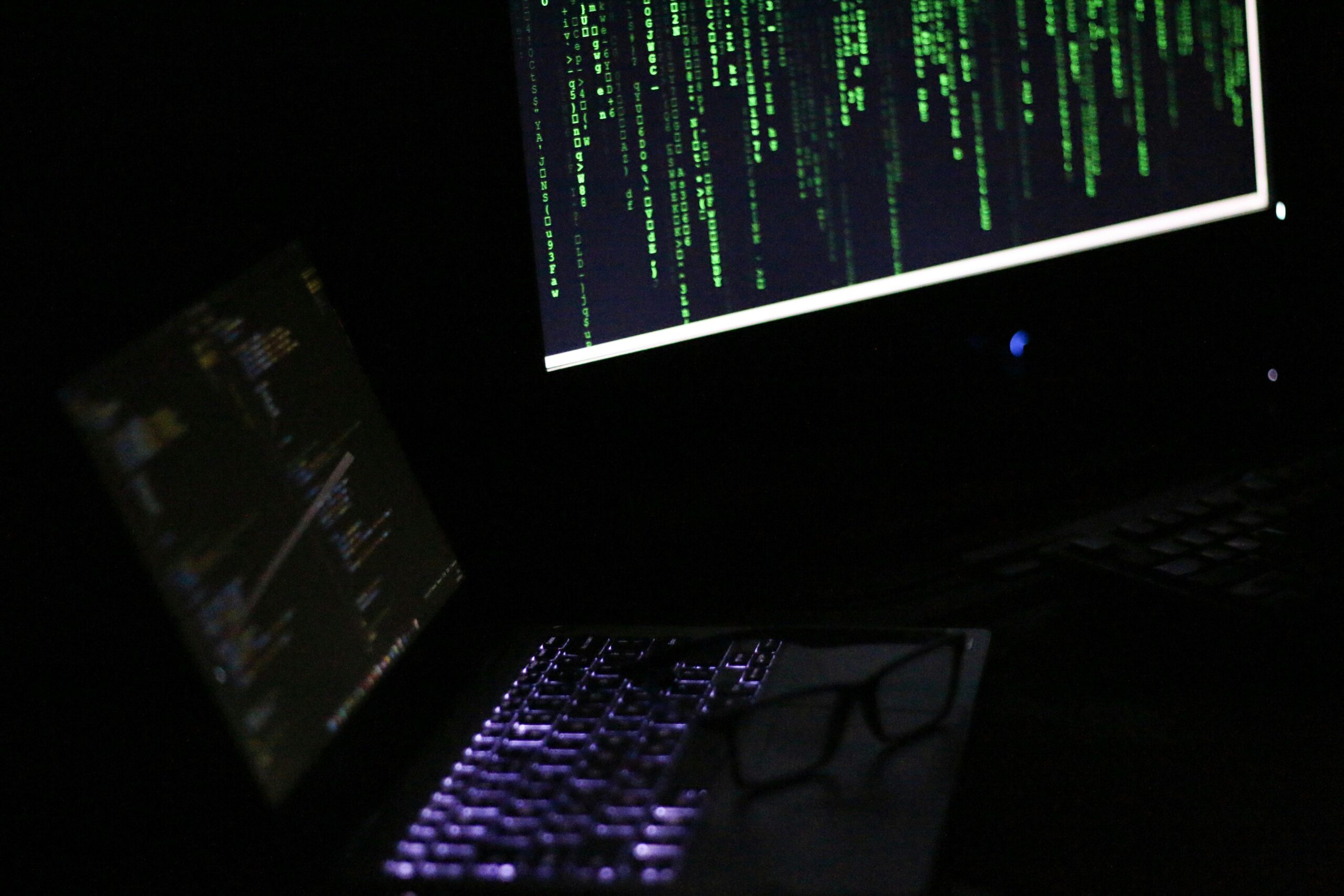In a world where our lives are increasingly woven into the digital fabric, the shadowy realm of cybercrime lurks just beneath the surface. Ever wonder how investigators peel back the layers of complex hacks, data breaches, and online scams to catch the culprits? Welcome to the fascinating world of digital forensics—the high-tech detective work that unravels cyber mysteries one byte at a time. In this article, we’re diving deep inside cybercrime, exploring the secrets and tools that empower experts to track down digital footprints and bring cybercriminals to justice. Ready to get curious? Let’s uncover how this cutting-edge science is changing the game in today’s cyber battlefield.
Table of Contents
- The Hidden Tools Behind Cybercrime Investigations
- Decoding Digital Footprints to Catch Cybercriminals
- Revealing Common Pitfalls in Cyber Forensics and How to Avoid Them
- Expert Tips for Strengthening Your Digital Security Defense
- Concluding Remarks
The Hidden Tools Behind Cybercrime Investigations
In the intricate world of cybercrime, investigators often rely on advanced and sometimes obscure tools to trace digital footprints left by perpetrators. Far beyond simple antivirus software, these tools delve deep into data remnants residing in devices, unearthing deleted files, tracking network activity, and even decoding encrypted messages. Imagine software that can recover a shredded document in the virtual realm or uncover hidden communication channels on the dark web. These instruments form the backbone of digital forensics, piecing together the puzzle of cyber attacks and fraud schemes.
Some of the most compelling technologies include:
- Disk imaging software, which captures exact snapshots of hard drives for analysis without altering original data.
- Network forensics tools, allowing the monitoring and reconstruction of data packets traveling through networks.
- Malware analysis platforms that dissect suspicious code to reveal its function and origin.
- Memory forensics that analyze volatile computer memory to detect running processes and uncover hidden threats.
Each of these tools acts as a digital magnifying glass, highlighting traces that are invisible to the naked eye but crucial for solving cyber mysteries.
Decoding Digital Footprints to Catch Cybercriminals
Every action we perform online leaves behind a trail that cybersecurity experts eagerly analyze to trace criminal activities. These digital footprints are akin to breadcrumbs, scattered across browsers, servers, and networks, each holding valuable clues. From IP addresses and device fingerprints to timestamps and metadata, the complexity of these data points demands meticulous attention. The interplay between these elements often reveals patterns that criminals inadvertently expose, turning seemingly ordinary data into a potent weapon against cyber fraudsters.
Key components investigators focus on include:
- Log files: Detailed records of user activity that help reconstruct events.
- Cookies and cache: Small data packets that track browsing habits.
- Geolocation data: Pinpointing the physical locations tied to digital actions.
- Network traffic analysis: Capturing packet exchanges to identify unauthorized access.
Dissecting these fragments requires specialized tools and an eye for subtle inconsistencies. Interestingly, the very techniques criminals use to cover their tracks—like encryption or anonymization—sometimes leave behind harder-to-fake anomalies. This paradox becomes the linchpin for forensic experts striving to outsmart their adversaries, turning technology’s intricate web into a digital detective’s playground.
Revealing Common Pitfalls in Cyber Forensics and How to Avoid Them
One of the most frequently overlooked challenges in cyber forensics is the premature contamination of digital evidence. From improper handling of hard drives to failing to maintain a strict chain of custody, even a small oversight can jeopardize an entire investigation. Forensic experts emphasize the necessity of following meticulous protocols — such as creating bit-by-bit disk images rather than working directly on original devices — to preserve the integrity of critical data. Without these safeguards, the authenticity of findings becomes vulnerable, often leading to inadmissible evidence in court or dead ends during an investigation.
Another common stumbling block is the temptation to rely solely on automated tools without validating their outputs through manual analysis or cross-referencing with other data sources. While technology has accelerated many investigative steps, blind trust in software can mask subtle artifacts that only a skilled analyst might detect. To overcome this, digital detectives should integrate a hybrid approach, combining deep technical expertise with advanced tools. Key tactics include:
- Regularly updating and calibrating forensic tools to handle new types of cyber threats
- Thoroughly documenting every analytical step to maintain transparency and reproducibility
- Collaborating with cross-disciplinary teams to gain broader perspectives on digital evidence
Expert Tips for Strengthening Your Digital Security Defense
In the ever-evolving battlefield of digital security, staying one step ahead means adopting both proactive and reactive strategies. Start by fortifying your authentication processes—multi-factor authentication isn’t just a buzzword but a critical layer that complicates unauthorized access. Next, consistently update and patch your software to close vulnerabilities before cybercriminals can exploit them. Remember, a network is only as strong as its weakest link, so educating teams on phishing tactics and social engineering remains just as vital as technical defenses.
Beyond technology, mindset matters. Regularly backing up sensitive data in encrypted formats safeguards against ransomware’s crippling grip. Establish clear incident response protocols so that when breaches occur, response is swift and coordinated—not chaotic. Additionally, employ threat-hunting techniques to unearth hidden risks, leveraging both automated tools and human intuition. Harnessing a mix of these approaches turns your security posture into a dynamic defense rather than a static shield.
- Implement adaptive, context-aware authentication that adjusts according to user behavior and risk levels.
- Conduct routine security audits to identify and mitigate emerging vulnerabilities promptly.
- Enhance employee cybersecurity literacy through hands-on workshops and simulated attack scenarios.
- Deploy advanced endpoint detection and response (EDR) solutions to catch suspicious activity early.
Concluding Remarks
As we peel back the layers of digital forensics, it’s clear that this fascinating field is more than just a tool for catching cybercriminals—it’s a complex puzzle where technology meets human ingenuity. Every byte of data tells a story, and by unraveling these secret narratives, experts can illuminate the shadows where cybercrime hides. Whether you’re a tech enthusiast or just curious about the invisible battles fought in the digital realm, one thing’s certain: the world of digital forensics holds endless mysteries waiting to be decoded. Stay curious, stay informed, and who knows—maybe you’ll be the next sleuth to crack the code.












